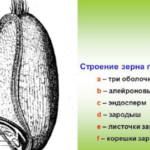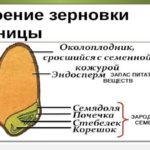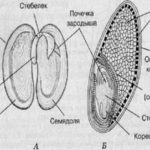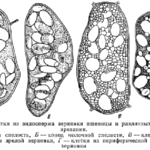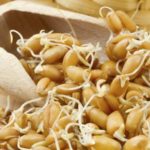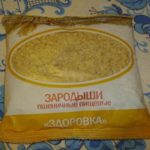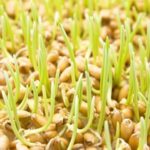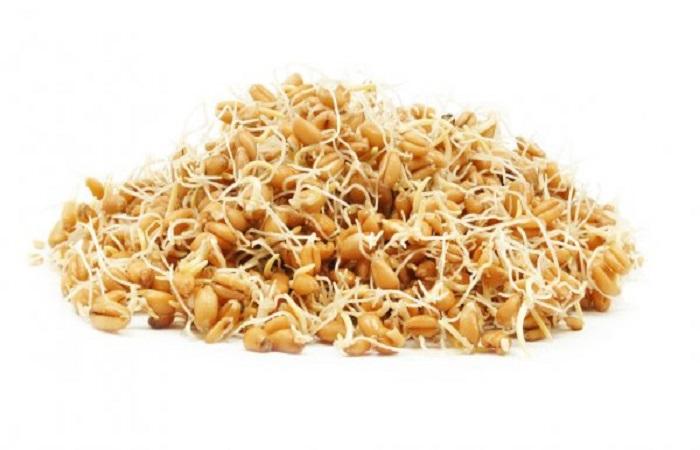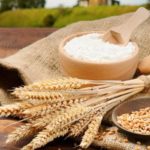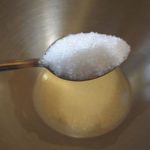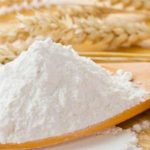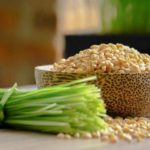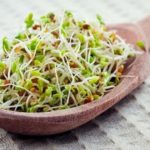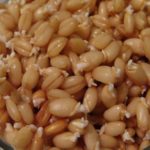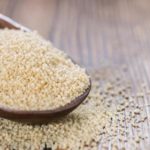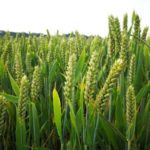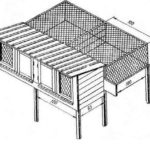Wheat is the most important grain crop, the seeds of which are characterized by a special structure. Its grain is used to produce flour, pasta and bakery products. It is also used as livestock feed. The most valuable are protein, carbohydrate and enzymatic characteristics. The structure of the wheat grain is characterized by a number of unique features.
What it is
The caryopsis is a simple dry single-seeded fruit that has a thin pericarp.The durable pericarp has a leathery structure and fits tightly to the seed coat, fused with the seed near the base.
A caryopsis is a paracarpous fruit. This is due to its formation from the paracarpous gynoecium. Some cereals form naked caryopsis. This is exactly what wheat looks like. Moreover, it is devoid of scales or accessory fragments.
Structure of grain and seed
Many farmers are interested in what parts the grain consists of. Its structure is based on the endosperm, which is the core of the mealy structure. In the center there are large cells of irregular shape. As you move away from the center, the cells become rectangular. Cellular structures contain proteins that form a continuous system with starch granules.
Shells
Shells are characterized by protective properties. Naked varieties are supplemented with 2 shells. On the outer part is the pericarp, which is formed from the tissues of the ovary. The pericarp has 3 layers, which are formed by thick-walled cellular structures. They are hollow inside. The cells are similar in structure to a stack of bricks. This arrangement increases the density of the shell and helps it withstand mechanical damage.
The seed coat consists of the walls of the bud. It includes several layers of small cellular elements of irregular shape. There is a dye in the center that gives the seed its color.
In appearance, the structure of the seed is similar to a cylinder with a pointed top and bottom. It is characterized by a yellow-golden color and dense structure.
Endosperm
Endosperm resembles an ordinary grain, which differs in its starch structure. In its central part there are dense and uneven cells. As they move away from the center they become smoother.Inside there are protein elements, which are an integral system with starch granules.
This part is covered on the outside with an aleurone layer. Its cells have a different composition and are more cube-like. The structure of this part is denser and clearer.
wheat germ
The structure of the wheat germ consists of the following components:
- roots;
- apical meristem;
- gemmule;
- stalk.
The structure of the grain embryo can only be studied through a magnifying glass. The cotyledon is a thin plate that is adjacent to the endosperm and includes aleurone cells. The structure of the parenchymal fragment of the scutellum includes porous membranes.
In the center of the cotyledon there is a line, or cord. This fragment connects to a bundle of radicular vessels at the base of the kidney. From below, the shield is connected to the coleorhiza tissue.
The outside of the cotyledon is covered with secretory cells, or epithelium. During the germination stage, these cellular elements produce enzymes that break down complex nutrients into simpler elements.
The scutellum creates a protrusion at the top of the embryo. It protects the kidney from damage. Below is the epiblast - an organ that absorbs moisture from the soil during germination, transferring it through the vessels.
With the help of the apical meristem, the development of the sprout from the embryo is ensured. It produces new cellular elements.
The coleoptilar ganglion contains the central root. There are also 1-2 additional pairs presented there. They are covered with calyptrogene films.The outer part of the central root includes a dermatogen. During germination it transforms into an epiblema. The next layer, the periblema, becomes the primary cortex.
Chemical composition of the embryo
1 kilogram of wheat germ contains the following components:
- 150 milligrams of vitamin E;
- 19 milligrams of vitamin B1;
- 12 milligrams of vitamins B2 and B6;
- active enzymes;
- positive ash, micro-, macroelements.
The mass fraction of the embryo is 2-3%. Wheat proteins contain important acids. The main components of wheat oil are linoleic and oleic acids. They also contain alpha-tocopherol, carotenoids, and sterols.
Nutrients are constantly moving from the crop to the ovule. Due to this, a large amount of nutritional compounds accumulates in the endosperm. Then the embryo is completely separated from the seed stalk, and the beneficial elements enter the ripe fruit. The seed dries out, losing moisture. As a result, the peel acquires a hard consistency and surrounds the new embryo.
Substances contained in grain
Reserves of useful elements in the grain are present in the endosperm. Its outer layer, which is adjacent to the shell, includes aleurone grains containing many nitrogen compounds. Beneath the endosperm are cells that contain starch.
Wheat grains contain the following components:
- 80% starch;
- 2% sucrose;
- 15% proteins;
- 0.8% fat;
- 1.5% pentosan;
- 0.5% ash;
- 0.12% fiber.
The layers of endosperm have differences in protein levels. From the center to the outer parts its volume varies from 7 to 16%.
Energy properties
Wheat contains many useful elements, the main part of which is concentrated in the structure of the endosperm.Special functions are performed by the outer layer containing aleurones with a high nitrogen content.
Wheat contains many minerals and amino acids. It is of great importance for the body, as it saturates it with nutrients and energy.
Benefits of wheat
Wheat grains include 3 main components - germ, shell, endosperm. Each of the fragments contains a special set of components that have a beneficial effect on the functioning of the body.
Wheat has unusual properties. It includes nutritional components, the main part of which are carbohydrates. It also contains protein, which is required by the human body as a material for building new cells.
Wheat also contains vitamins A, E, B, D. It also contains many amino acids. Together, these elements can improve the immune system and have a positive effect on metabolic processes. They improve healthy hair growth and skin condition.
In addition, wheat grains include minerals, folic acid, and carbohydrates. Folic acid has a beneficial effect on brain function, normalizes the functions of the nervous system and improves the condition of internal organs.

